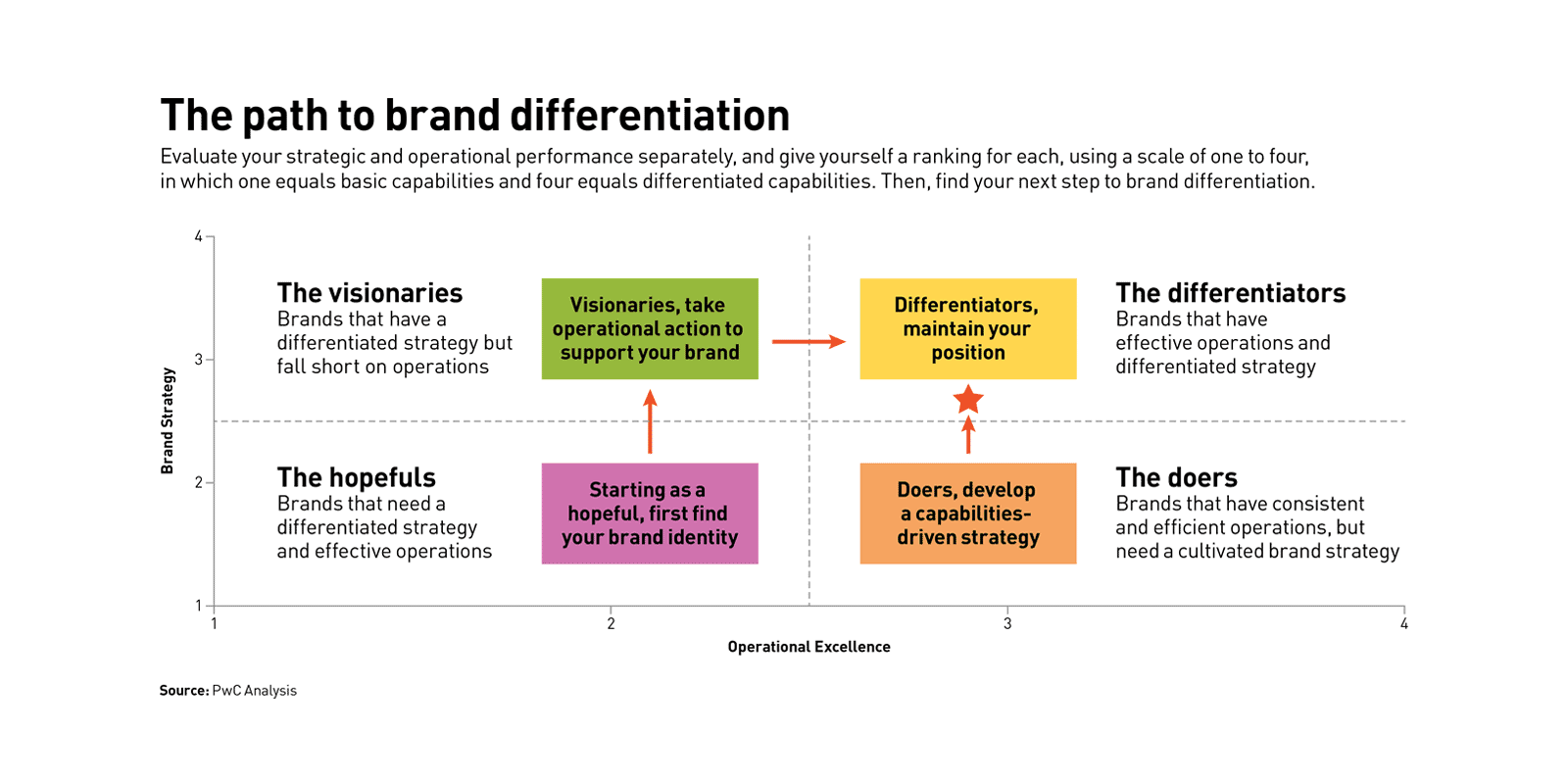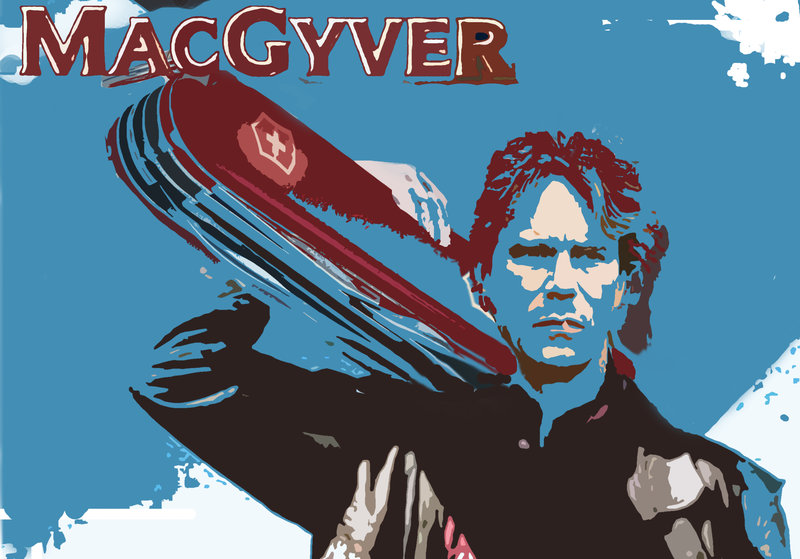"The nature of work is evolving in two complementary directions. In one direction, managers are redesigning jobs to take advantage of new opportunities to automate workflow processes. Their aim: transform how workers execute tasks in order to boost efficiencies and reduce costs. At the same time, some managers are redefining work to take advantage of new capacity freed up by job redesign. With work redefinition, work is no longer simply about task execution; it’s about creating new sources of value for customers and the business.
...
The less familiar but more expansive approach is to redefine what work is all about: It shifts the primary objective of work from efficiency to broader value creation. When work is appropriately redefined, workers focus on identifying and addressing unseen problems and opportunities instead of executing tasks.
...
Without an overriding strategy of redefining work, workers represent cost savings rather than freed capacity to create new value for the business or the customer.
.
Companies won’t be able to significantly improve value creation if they redesign jobs to optimize processes with the goal of reducing costs.[Moi ici: Recordar a 3M e o 6-sigma]
...
The workforce challenge for most companies is to make the transition from fixed work outcomes that deliver limited value to dynamic work outcomes with higher levels of potential value. A major part of this shift is to recognize that virtually all workers at every level of the organization, aided by machines, have the ability to anticipate what customers really want or need and to develop new approaches to meet those needs.
...
How to Break Out of the Efficiency Trap.
Many companies engaged in redesigning jobs today are caught in a kind of efficiency trap that prevents managers from realizing, or even pursuing, the potential of redefining work. To understand the scale and scope of this issue, executives need to embrace the fact that they are in the midst of a shift from scalable efficiency, where value creation in steady-state business environments focuses on optimization and predictability, to a future state of scalable learning, where conditions and requirements change rapidly and value creation focuses on learning and adaptation.
...
Many companies continue to see their workforce as resources to be managed, controlled, and mechanized. (We have spent the past 100-plus years exploiting models of Frederick Taylor’s ideas of scientific management.)
.
To overcome the obstacles — of short-term cost optimization, Taylorism, and a single-minded focus on automation — leaders must first develop a compelling longer-term vision of the opportunity.
...
1.Zoom out to develop a sense of what the unmet needs of the marketplace might be, what types of impact might be most valuable, and what the most meaningful metrics will be.
...
2.Redesign jobs to free up capacity for redefined work. Use automation or other technologies and workforce alternatives to perform rote work that prevents the workforce from spending more time on better understanding and addressing customer needs."
Trechos retirados de "Redefining Work for New Value: The Next Opportunity"


















/https%3A%2F%2Fwww.industryweek.com%2Fsites%2Findustryweek.com%2Ffiles%2FLiouz-chart-1.png)



















